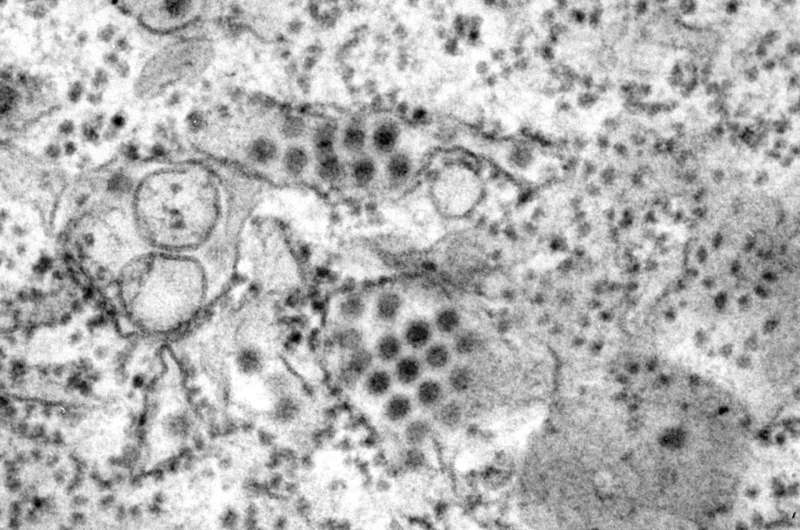Innovative Drug Targeting Protein Regulation Offers Hope for Cancer and Viral Infection Treatments

A recent breakthrough reveals how the regulation of N-myristoyltransferases (NMTs) could lead to targeted therapies for cancer and viral infections, offering hope for more precise medical treatments.
Researchers from the University of Konstanz, together with colleagues from ETH Zurich and the California Institute of Technology, have uncovered a detailed molecular mechanism that controls the activity of N-myristoyltransferases (NMTs), enzymes vital for protein modification. This discovery opens potential avenues for developing more precise therapies against certain cancers and viral infections. The study, published in Molecular Cell, reveals how NMTs are regulated during protein synthesis within cells. Proteins are essential molecular components, and their proper function depends heavily on post-translational modifications, such as the addition of fatty acids by NMTs. Dysregulation of these enzymes has been linked to disease development, including tumor growth and viral pathogenesis.
The team used structural, genetic, and biochemical analyses to show that a protein complex called the nascent polypeptide-associated complex (NAC) plays a critical role in orchestrating NMT activity at the ribosomal exit site where proteins are formed. Their findings demonstrate that enzyme exchange at the ribosomal tunnel occurs in response to specific signal motifs on emerging proteins, functioning like a lock-and-key system. Importantly, the enzymes' spatial proximity to the ribosome gives NMTs a temporal advantage, ensuring they act promptly even when other modifying enzymes are present.
Understanding this natural regulation process of NMT activity could lead to the development of new, more selective drugs. Existing NMT inhibitors target the enzyme's active site but can cause undesirable side effects due to broad activity suppression. The researchers suggest that targeting the interaction site between NMTs and the NAC complex could provide a more refined approach, minimizing toxicity and improving therapeutic outcomes.
This groundbreaking insight into protein modification mechanisms not only advances our understanding of cellular biology but also paves the way for innovative treatments for diseases where NMT-related signaling pathways are involved. Further studies and drug development efforts based on these findings hold promise for improved therapies against certain cancers and viral infections.
Source: https://medicalxpress.com/news/2025-07-drug-cancer-viral-infections.html
Stay Updated with Mia's Feed
Get the latest health & wellness insights delivered straight to your inbox.
Related Articles
Risk of Dengue and Chikungunya Becoming Endemic in Europe Due to Climate Change
Climate change is driving the spread of dengue and chikungunya mosquitoes into Europe, increasing the risk of endemic transmission of these tropical diseases across the continent. Learn about the latest research findings and potential future impacts.
Revolutionary AI Tool Achieves 96% Accuracy in Assessing Fertilization-Competent Human Sperm
A novel AI model developed by the University of Hong Kong achieves over 96% accuracy in identifying human sperm capable of fertilization, promising to revolutionize fertility diagnostics and treatments worldwide.
Innovative Therapy Targets Complement System to Prevent Sickle Cell Disease Complications
A groundbreaking study reveals that targeting the complement immune pathway could prevent severe complications like acute chest syndrome in sickle cell disease patients, paving the way for new targeted therapies.
New Consortium Aims to Map DNA Mutations Throughout Human Life
A groundbreaking research initiative aims to map somatic DNA mutations across different tissues in healthy individuals from conception to old age, enhancing our understanding of aging and disease development.


